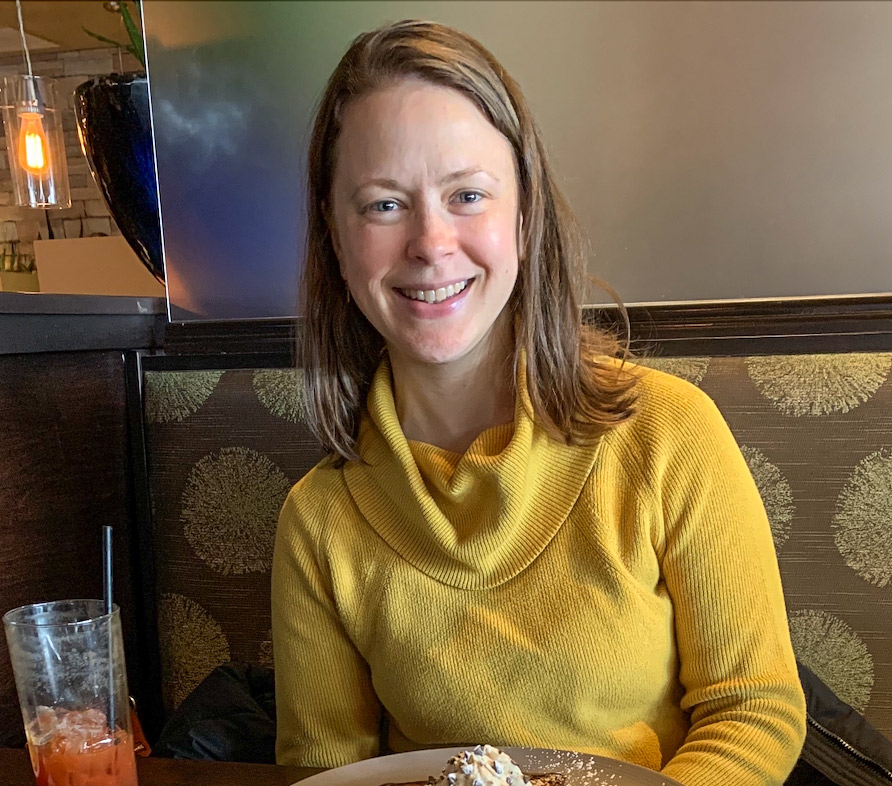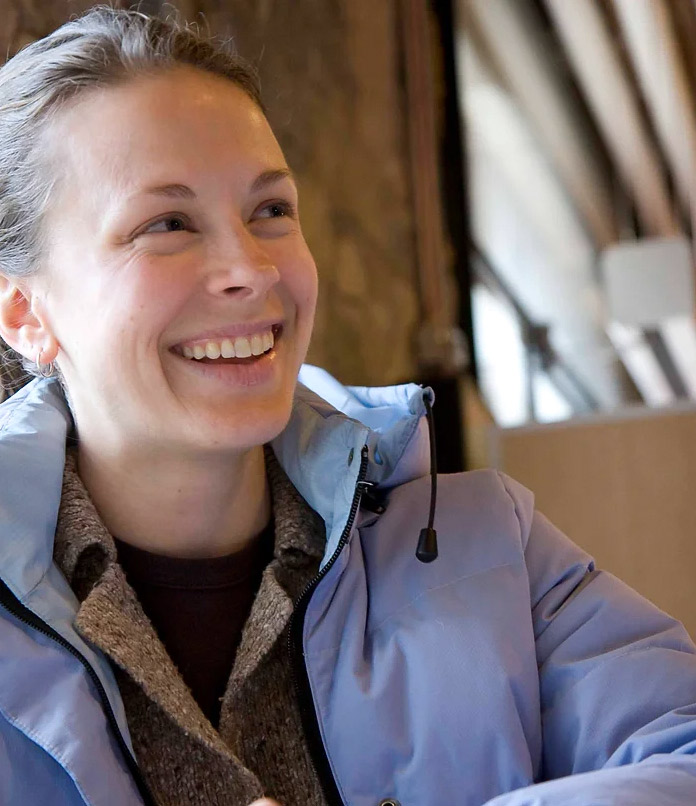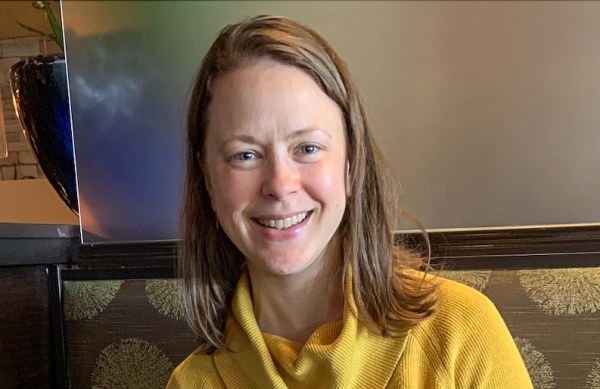
I remember it being one of the best weeks of my life. Shen Yun’s first run of performances—ever—with live orchestra. It took place at the Beacon Theater in midtown Manhattan, and I was an oboist in the orchestra.
Our performance was called “Holiday Wonders,” and the name of our company at that time, which predated the “Shen Yun” name, was “Divine Performing Arts.” The performance brought together everything from Taiwanese-style female dancers wearing seasonally appropriate white fur, to members of American Ballet Theater performing pas de deux from Swan Lake.
But the best part, for me, was playing the live music—much of which was composed by people I knew and loved—with a group of dedicated orchestra members that, perhaps little realizing it at the time, were setting out to change the world.
I have often looked back on that first week and wondered why I felt it was one of the best. I think, looking at Shen Yun’s current success, on some level I likely knew that I was helping to establish something huge. Really huge: artistically, spiritually, and looming large in terms of humanitarian impact.
But my time in the Shen Yun orchestra, which totaled seven years, also represented the coming together of things that, perhaps literally, run through my veins. It brought together spirituality, music, and a charitable cause.

I come from a long line of pastors and teachers which, in this generation, has turned into a family of educators and medical professionals. (Perhaps in our age the more common draw for someone who wants to help his or her fellow human beings is medicine, whereas it used to be ministry.)
I grew up surrounded by music—in our home, at our church, and, by my own choice, during my free time. But this music was, for the most part, sacred music. We sang of God, and performed works about heaven, and all of this, in turn, led to a deep wish to bring love and compassion to fellow human beings.
This took the form of everything from caroling for the elderly during the holidays, to helping out at a home for the developmentally disabled, from soup kitchen volunteering to activist causes, like writing letters for prisoners of conscience through Amnesty International. Over time, the values I was raised with became my own, and I continued to contribute in similar ways long after I left home for college.
So when the then-Divine Performing Arts Orchestra began, and our then-conductor asked me if I’d like to audition, I jumped at the chance.
The orchestra was not only a musical community, but a spiritual community. We meditated together and talked about how to apply the teachings of Falun Dafa in our lives. We reflected on how music is a reflection of the soul, and on the need to acquire purity of heart in order to bring the audience the best. When troubles came, we thought about character, and on what, on our parts, may have contributed to the situation. It was a beautiful and profound process of growth for me.
And then there was the human rights impact. In addition to its many upbeat, historical, and playful pieces, Shen Yun was bringing to stages around the world the stories of persecuted people that have often been overlooked or—worse—buried or distorted by those hoping to curry favor with China’s Communist Party.
I had some personal friends who had been arrested in China simply for meditating, and one who had been tortured with electric batons. These stories were real, and had to be told. It was such a joy and honor to be able to share them through the medium of music, and all as part of a performance that is, in essence, extremely uplifting.
My oboe and I traveled to over fifteen countries telling these stories, and bringing the beauty of an almost-lost culture to millions of people.
Along the way, I like to think that my ancestors were looking down from wherever they are, pleased, with how the family legacy had continued, and with how faith, music, and love for the world were coming together in a new chapter.
It was a time in my life I will cherish forever. Thank you, Shen Yun.
This article originally appearead on the Shen Yun Community website. Read it here.




